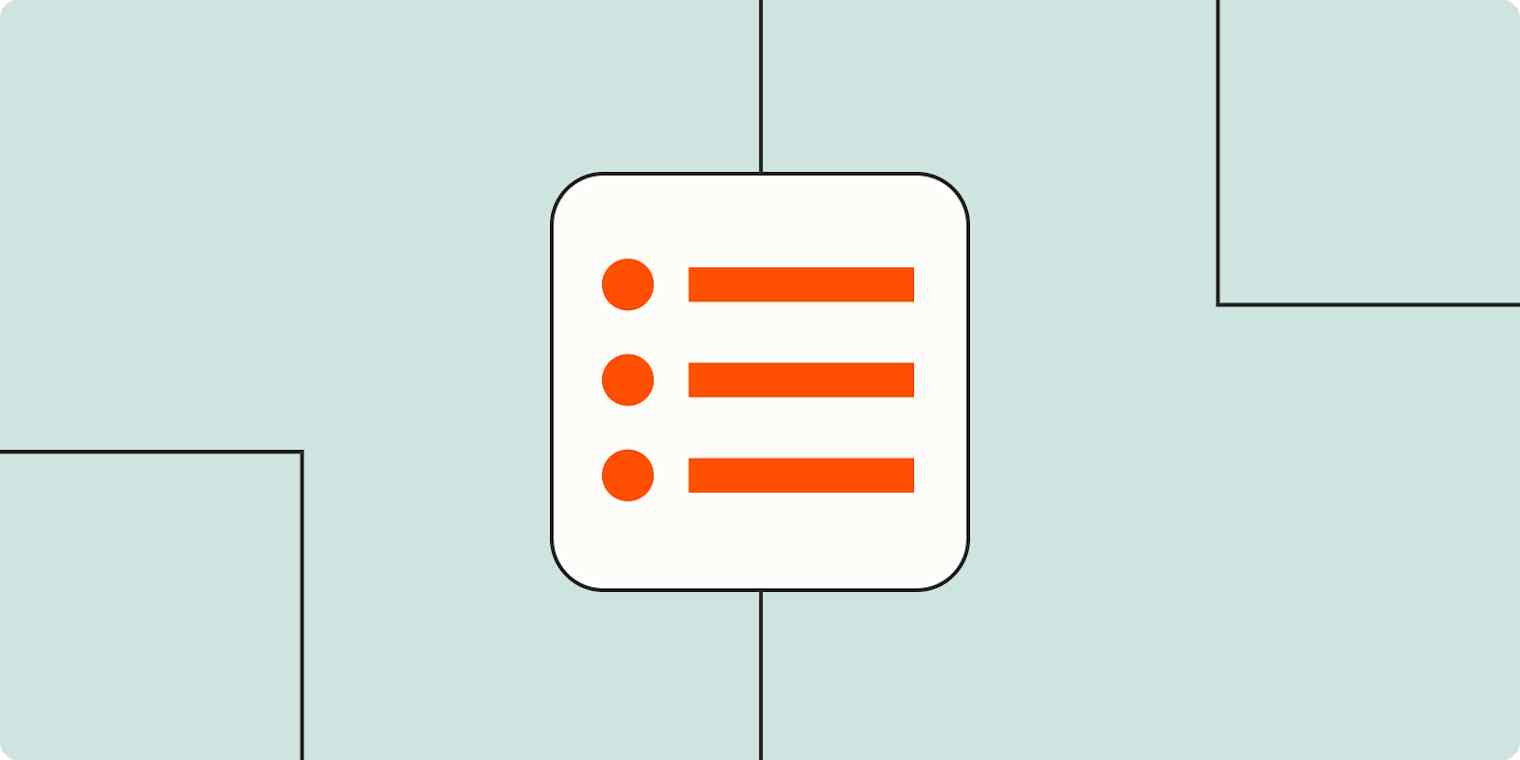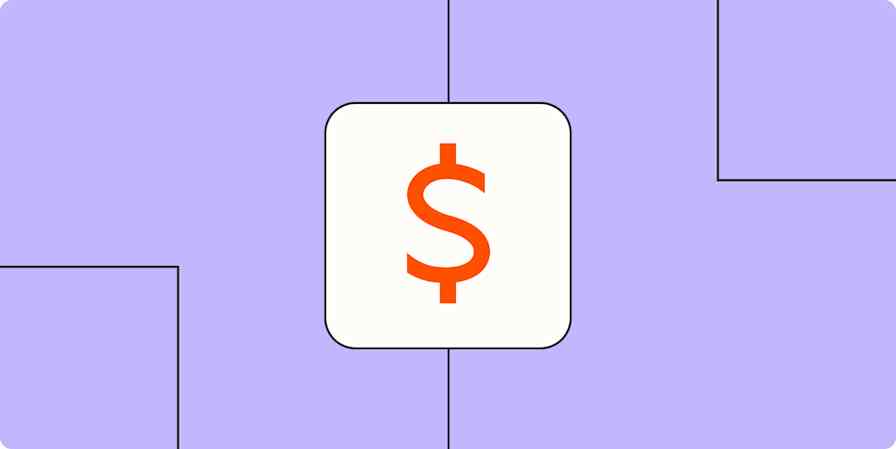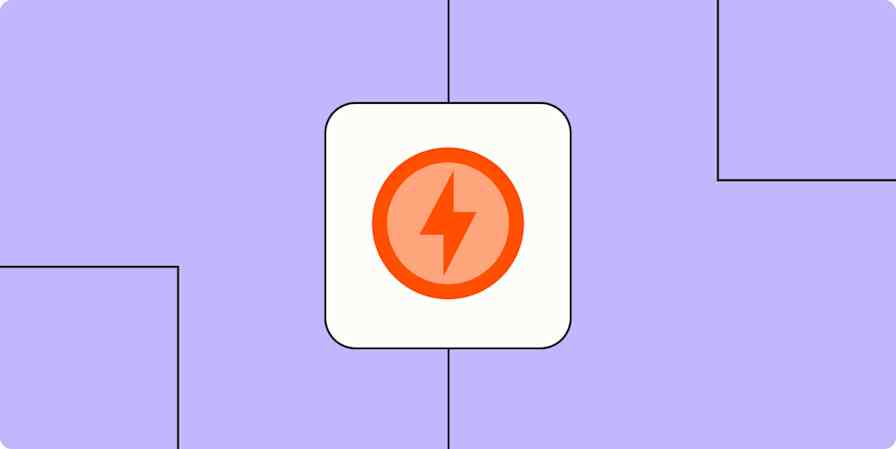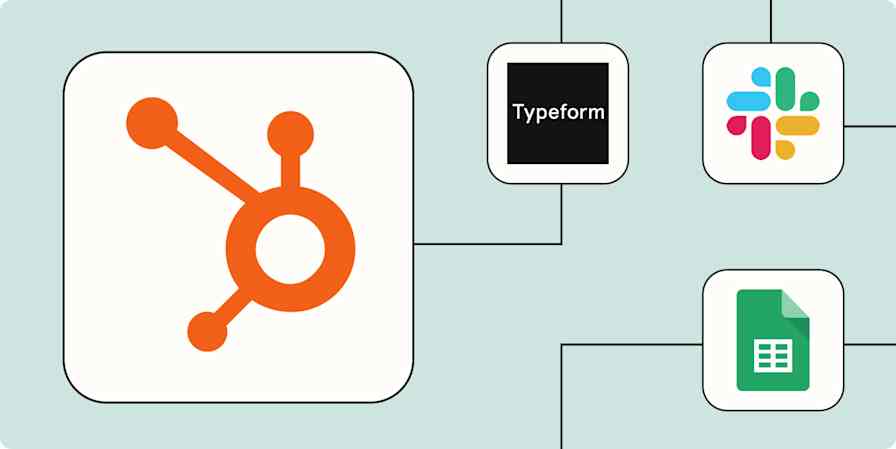Business tips
6 min readThe 6-step client onboarding checklist (with template)
Getting a new client up to speed shouldn't feel like reinventing the wheel every time. Here's a customer onboarding checklist to streamline your to-do list.
By Steph Knapp · October 18, 2023

Get productivity tips delivered straight to your inbox
We’ll email you 1-3 times per week—and never share your information.
Related articles
Improve your productivity automatically. Use Zapier to get your apps working together.









